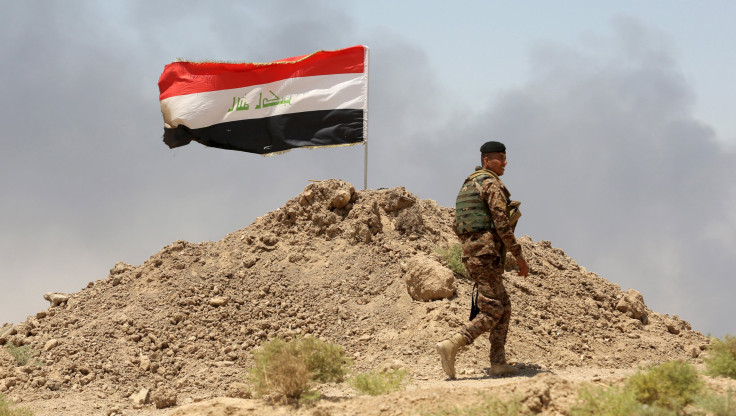Rise of Islamic State, Middle East conflicts deliver cleaner air unintentionally

Air pollution levels have drastically decreased in the regions of the Middle East due to war, humanitarian catastrophe and economic crises since 2010, according to a new study. The rise of the Islamic State led to the unintended consequence of making the air cleaner, reducing the nitrogen dioxide emissions in Baghdad and central Iraq since 2013. Researchers say the areas where the population has been displaced showed that the NO2 levels drastically decreased.
The study, published in the journal Science Advances, focused on the data collected by high resolution satellites to see how economic, political and military activities have impacted levels of pollutants on Middle East cities between 2005 and 2014. In Damascus and Aleppo in Syria, levels of NO2 dropped when millions of people have attempted to flee the fighting since 2011.
The analysis was also compared to the development statistics collected by the World Bank. NO2 levels decreased over Damascus and Aleppo by up 40 to 50 percent since the uprising of the civil war. The air pollution has also decreased by 20 to 50 per cent in major cities across Iraq, Palestine and Egypt since 2010. “We find that geopolitics and armed conflict in the Middle East have really drastically altered air pollution emissions,” said Professor Jos Lelieveld, director at the Max Planck Institute for Chemistry in Germany and lead author on the report.
The Middle East has been one of the regions with the fastest growing air pollution emissions from 2005 to 2010, Lelieveld said. However, “it’s the only region in the world where this upward trend of pollution was interrupted around 2010 and then followed by very strong decline.”
While in other parts of the Middle East, such as Saudi Arabia, Kuwait and the United Arab Emirates, the NO2 levels decreased because of the introduction of air quality controls.
However, not all areas have dramatically reduced NO2 emissions. The pollutant has risen up over Lebanon by 20 to 30 percent in 2014 due to increase of transportation and burning of fossil fuel. The 1.5 million Syrian refugees were linked to the increase as they have moved into the country, making up one-fifth of the population.
The researchers believe that the drastic decrease of the air pollutant seen across the Middle East has important lessons for projections of global emissions. Other scientists welcomed the study, saying it highlights the critical role of accurate satellite information and shows the scale of destruction across the Middle East and its huge impact on people.
The findings also give better understanding on the conflicts, researchers said, as it’s proportional to people. Hence, if 50 per cent of emissions have gone down in Syria, then 50 per cent of the people might have been displaced. They noted, however, that “it is tragic that some of the observed recent negative NO2 trends are associated with humanitarian catastrophes.”
Contact the writer at feedback@ibtimes.com.au or tell us what you think below






